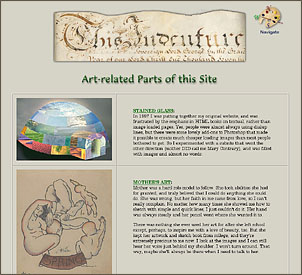such thraldom by her charms that he did not notice the rising of the tide until it
was too late, when the waters engulfed him and his temptress carried him away to her
cavern deep under the waves.
The ancient Egyptians held their dead in the most devout reverence. Those even of the poorest
were embalmed with many ceremoies, and in every wealthy house was a private temple in which the
statues of the departed were worshipped. Elegiac music and songs were the accompaniment of these
ceremonials. The picture by Miss Coomans represents some Egyptian princess who has lost one whom
she has reverenced or loved, and to whom, as she sits in the throne chair of her house, her slaves
sing the elegy to the dead. In 1862 the literary world of France was treated to a sensation.
It consisted in a romance entitled "Salammbo," written by Gustave Flaubert, which in the most daring
and realistic manner revived the life of ancient Carthage, at the period of the Punic War, and provided
a model upon which numerous realistic novelists have built themselves up. "Salammbo" took its
title from the heroine of the story, a weird creation who has furnished a type which
many painters have essayed to realize. One of the most successful of these attempts is that of Jules Jean Baptiste Toulot,
a pupil of Gerome and a painter of the figure of much power. He represents Flaubert's heroine as she is
about to enter bath, receiving the caresses of her pet serpent. "At the Fountain," by
Gaston C. Saintpierre, is a study of an Algerian girl, one of his
souvenirs of African travel.
Back Forward
Chapter 10 Text
Gustav Graef





![]() Copyright © 2007, Mary S. Van Deusen
Copyright © 2007, Mary S. Van Deusen